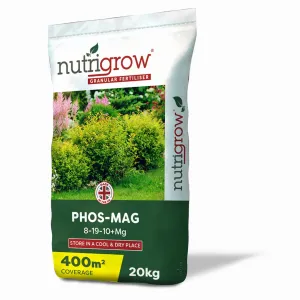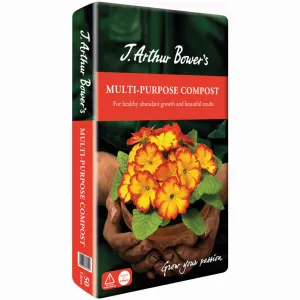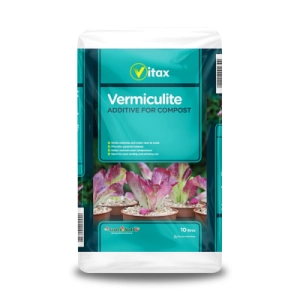You will need:
- Fertiliser
- Water
- Frost sheets/protection
- Pruning secateurs/shears
What Is Weather Damage?
Weather damage is the damage caused to a plant from extreme weather conditions such as frost, snow, wind, heatwaves and drought. Weather damage can cause big problems for some plants (particularly new plants); however this does not mean the plant will die.
Weather Damage Symptoms:
- Brown leaves
- Physical damage such as breaking, tearing and leaning of the stems.
- Leaves dropping. This is normally caused by frosty conditions and drought.
- Full or partial dieback. This is typically caused by drought or waterlogging.
- Scorched leaves. This usually occurs on plants situated in positions in the sun all day.
Frustratingly, symptoms of weather damage are very similar to those caused by diseases, pests and nutrient deficiency making it difficult to know the cause. When faced with these symptoms, it is best to think back over the recent weather conditions to see whether it could possibly be weather damage.
How To Prevent Weather Damage:
- Think carefully about your plant selection. Try and choose hardy plants for areas susceptible to frost and use frost protection (such as frost sheets) for other plants.
- Ensure all your plants are healthy. Regularly feeding and watering plants will help build up the hardiness and ensure they are not stressed. Nutrigem 15-15-15 fertiliser is ideal for providing stress relief and promoting healthy growth in plants.
If you do encounter weather damage on your plants it may be advised to prune the damaged areas, however this Is typically only in extreme cases and plants usually recover on their own. Although, ensuring the plant is fed and watered properly is advised in order to aid their recovery.









